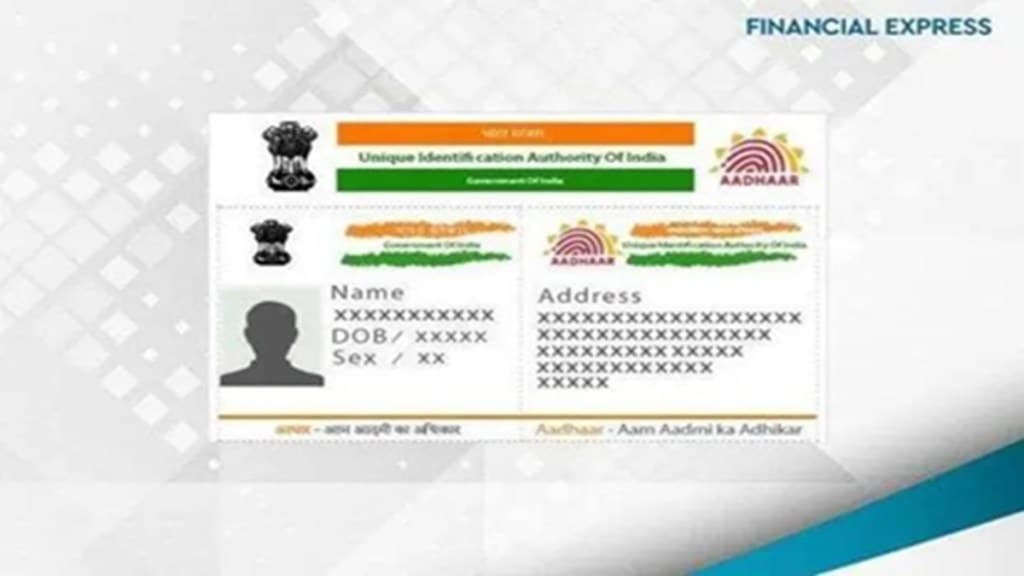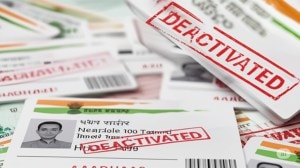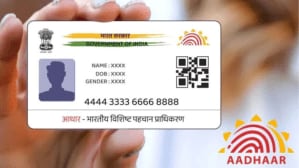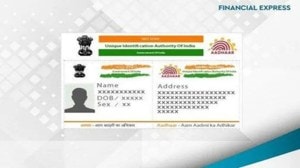UIDAI is preparing to roll out a new QR code-enabled e-Aadhaar system that will remove the requirement of carrying or submitting physical photocopies of Aadhaar for identity verification. This digital upgrade is expected to be implemented nationwide by the close of 2025.
The latest Aadhaar update app will allow users to modify most of their personal information from the comfort of their homes. So far, nearly 2,000 out of the 1 lakh existing machines have been transitioned to the new system, according to UIDAI CEO Bhuvnesh Kumar in a statement to the Times of India.
Starting November, Aadhaar holders will only need to visit enrolment centres for biometric verification—such as fingerprint and iris scans. This initiative by UIDAI is designed to streamline the process, cut down on physical paperwork, reduce the risk of identity fraud, and make updates faster and more user-friendly.
UIDAI will now pull user details directly from authenticated government databases, including birth certificates, driving licenses, passports, PAN cards, ration cards (PDS), and MNREGA records. Additionally, talks are underway to integrate electricity bill records, making address verification even more convenient.
Biometric updates for children:
In parallel, the agency is turning its attention to biometric updates for children. Coordination is in progress with educational boards like CBSE to conduct biometric enrolment drives for students, focusing on the mandatory updates required at ages five to seven and again between 15 and 17 years.
Minimize the use of fake documents:
In simplifying the Aadhaar update process, UIDAI also seeks to minimize the use of fake documents in registrations and real estate dealings. The QR code-based verification system is currently being evaluated by sub-registrar offices and the hospitality sector as a secure means of identity confirmation. This system is being developed with a strong focus on privacy, ensuring that personal information is shared only with the individual’s explicit consent.









